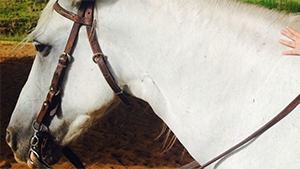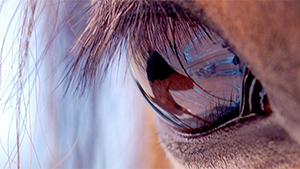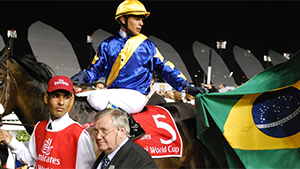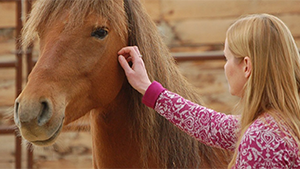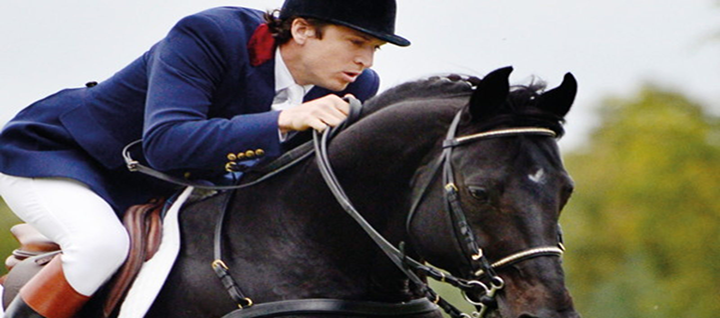
Jappeloup Luze was an atypical horse for show jumping, standing at just 1.58 meters at the withers—a relatively small height for competing in this discipline. His pedigree was unremarkable: son of Tyrol, a mediocre trotter, and a Thoroughbred mare of little distinction. Nervous and naturally hot-tempered, he was difficult to handle, yet he possessed an extraordinary jumping ability.
His rider, Pierre Durand, abandoned a promising career in law and, with the support of his father, threw himself into his true passion—equestrian sports. He bet everything on this small black horse in whom no one believed. Together, they became Olympic, World, European, and French champions.
Today, Jappeloup is regarded as one of the most successful show jumping horses of all time, with a statue standing in the gardens of the IOC Olympic Museum in Switzerland.
The journey, however, was not easy. There were moments of discouragement, but also the triumphs of victory, which deepened the bond between horse and rider. Pierre Durand and Jappeloup were part of the French show jumping team at the 1984 Los Angeles Olympic Games. That year, the Americans cleverly designed courses in unusual ways to favor their quicker, more agile horses, to the disadvantage of the powerful European mounts.
In that competition, Durand and Jappeloup finished a distant 14th place. The French press called it a “national catastrophe.” Worse than the defeat was the humiliation: confused by a course he could not read, Jappeloup threw Pierre Durand into the water jump and bolted across the arena in search of an exit.
After this humiliation, Durand—who knew his horse as a pianist knows his score—began working on two levels:
- Mentally, preparing himself psychologically to overcome past mistakes.
- Technically, under the guidance of Brazilian rider Nelson Pessoa, who advised him to ride with more harmony, seeking greater efficiency and avoiding harsh interventions.
The redemption came at the 1988 Seoul Olympics. The pair achieved perfection, delivering a breathtaking display of partnership between rider and horse. The audience watched in awe as Jappeloup, despite his small stature, soared effortlessly over the fences. At each jump, his ears appeared first, followed by his compact body sailing gracefully over the obstacles before racing toward the next. Their harmony was so complete that no difficulty seemed to exist. The result: Olympic Gold.
Jappeloup’s retirement was celebrated in a ceremony beneath the Eiffel Tower, where Pierre Durand spoke:
“With Jappeloup I achieved numerous victories over ten years. I learned to respect him, and more than that, I cherished him as my best and most faithful friend. Ours was such a noble and close union that we overcame fears and doubts together.”
Jappeloup lived 16 years, passing away in 1991 from a heart attack in his stall. His story was later brought to the big screen, with the film attracting 1.6 million viewers in France within its first four weeks.
Article written by Deolir Dall’Onder for Revista Acontece Sul, Year XII, Issue No. 120.

